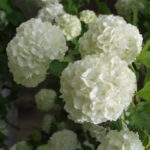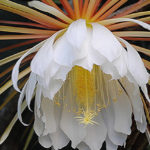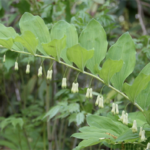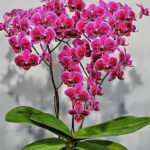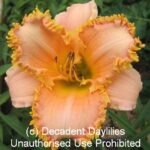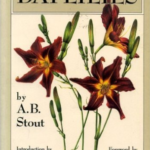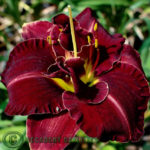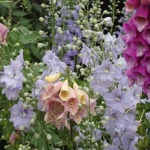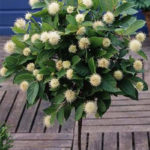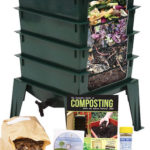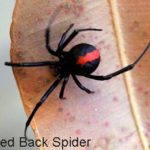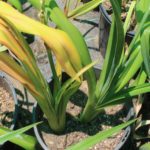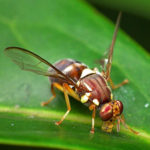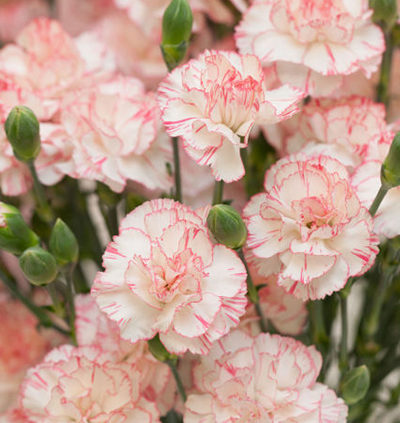
Carnations One Of A Kind
Carnations – Growing Tips And Plant Care
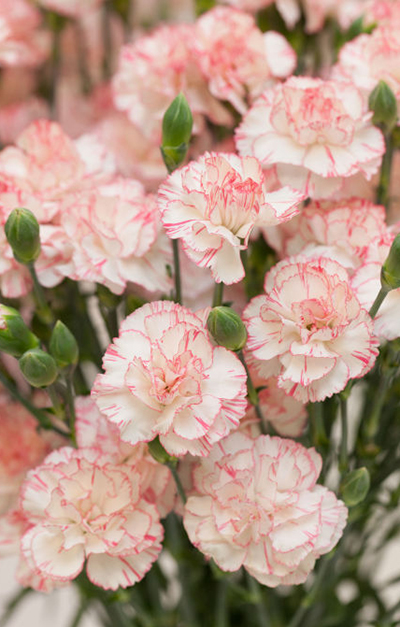 Carnations or clove pink are herbaceous perennial plant belonging to Dianthus species. In Greek “Dios” refers to God Zeus and “Anthos” means flower. The flower is called “the flowers of god”. Carnation flowers crop up in different colours and each colour represents different things. Pink carnations represent a mother’s love, white carnations good luck and dark red represents a woman’s, deep love. This plant is a native to Eurasia and is exotic to Australia. The flowers last for many days even after cutting from the plant. There are carnation varieties with single flowers and welcoming double flowers too. The double flowers equip the flower with around 40 petals. In addition, the blooms are produced on forked clusters. Where as the foliage is blue green and the plant is stalk less and narrow. Carnations are one of a kind classic cut flowers that have a long vase life.
Carnations or clove pink are herbaceous perennial plant belonging to Dianthus species. In Greek “Dios” refers to God Zeus and “Anthos” means flower. The flower is called “the flowers of god”. Carnation flowers crop up in different colours and each colour represents different things. Pink carnations represent a mother’s love, white carnations good luck and dark red represents a woman’s, deep love. This plant is a native to Eurasia and is exotic to Australia. The flowers last for many days even after cutting from the plant. There are carnation varieties with single flowers and welcoming double flowers too. The double flowers equip the flower with around 40 petals. In addition, the blooms are produced on forked clusters. Where as the foliage is blue green and the plant is stalk less and narrow. Carnations are one of a kind classic cut flowers that have a long vase life.
Tips to grow Carnations
They can be grown in flowerbeds, as borders, in rock gardens, and in containers. Growing carnations is easy if you consider certain factors while growing this plant.
- Grow carnation in areas that receive at least 5 hours of full sunlight.
- Grow them in slightly alkaline soil which is fertile and well drained.
- This plant requires very less quantity of water. Do not allow the water to stand near the roots.
- Unwarranted watering causes yellowing of leaves.
- Blooming depends on watering and soil quality.
- Manure rich soil creates generous green growth and far lesser blooms.
- Ensure good air supply around the stems for legitimate growth.
- The foliage should be free from moisture.
Taking care of Carnations
Plant and space seeds and newly developed carnation cuttings at least 12” inches apart. Once established, the plant will produce flowers from spring to throughout summer. The spent flowers should be removed regularly to promote continuous blooming. Pinching off the flowers except for the terminal bud or end bud, this causes multiple flowers. Carnations become dormant during the cold winter when the shortest daylight day of the year happens. Plants like carnations should be mulched, a popular practice done during the raw weather. Mulch protects plants against the extreme cold during winter. The ideal care is to provide suitable support structures for tall varieties after planting, this should be automatic. When plucking the flowers, do this and leave 3-4 nodes at the base.
Propagation
Carnation plants can be propagated by different methods such as seeds, by stem cuttings and by division.
- Seed Propagation
Sow the seeds in at least 1/8 inch deep soil. Firm the soil over the seeds and spray water to keep the soil moist. It will take 2-3 weeks for the seeds to germinate. The best time to sow the seeds is during early spring.
- By Cuttings
Cuttings from terminal growth are used for planting. The cuttings should be at least 4-6 inches long and the leaves from last 2-3 nodes should be removed. New roots may form in the area where the bottom sets of leaves were removed. Cuttings are dipped in rooting gel and planted in sand and the plant stem will be ready to transplant in 25-30 days. This is the most suitable method of propagation for perennial carnations.
- Clump Division
Separate the plant segments from the clump and plant a new division in soil. Water them very well. Division of plants is usually done during autumn.
- Diseases and Pests
Carnations have few problems from insect pests and are generally free from diseases. Use appropriate organic or chemical insecticide and fungicide if any problems occur.




